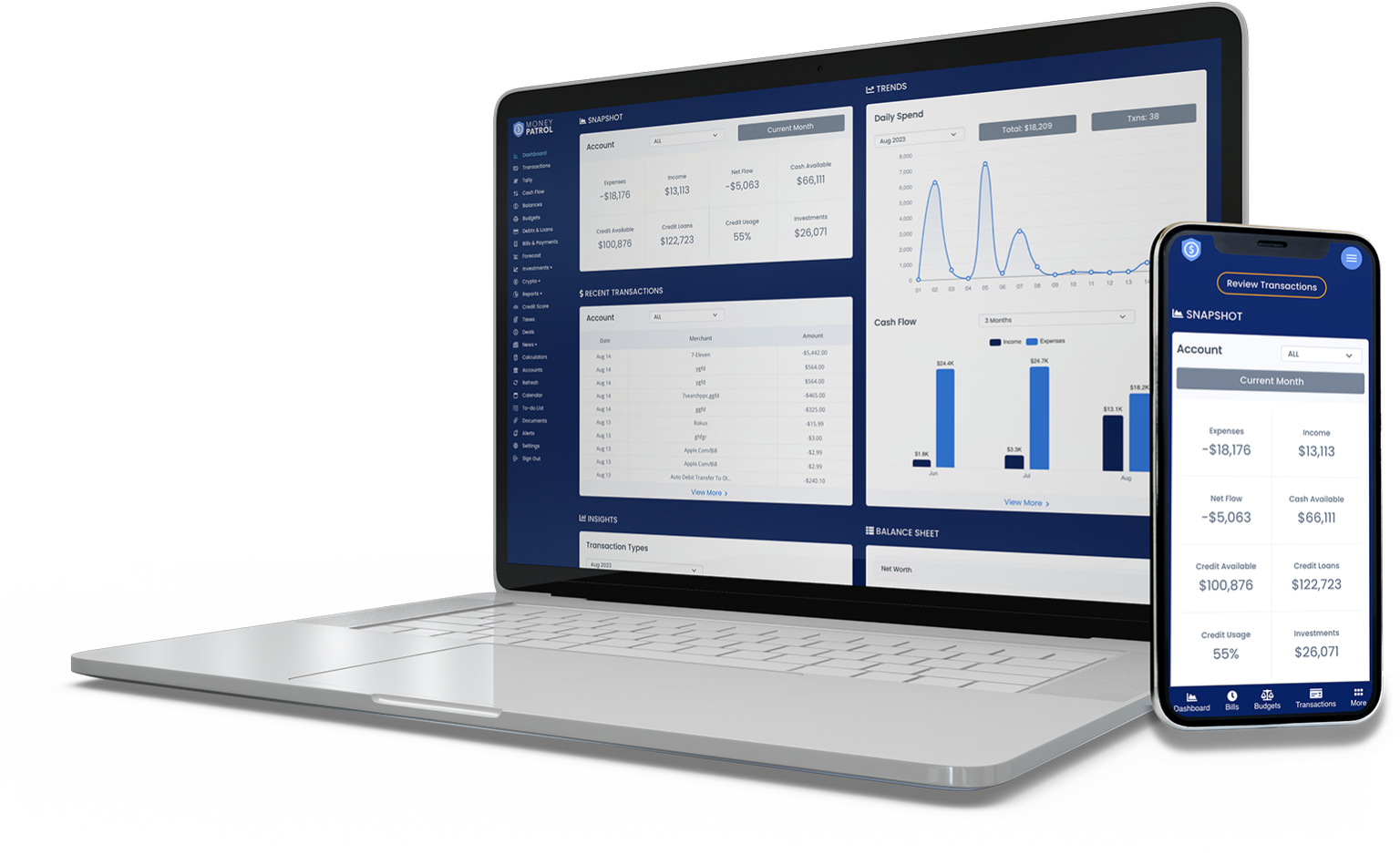Your net worth represents a picture of your current financial status. If you compute your net worth right now, you’ll see the end outcome of all you’ve made and spent up to this point.
- While this number is applicable—for example, it might serve as a wake-up call if you’ve got entirely off track or a “well-done” confirmation if you’re doing well.
- Over time, tracking your net worth provides a more relevant picture of your finances.
The worth of everything you own, meaning your non-financial and financial assets, minus your outstanding debts (your liabilities), is known as your net worth. It acts as an indicator of your financial health, and there are many ways to measure this helpful metric.
- Your net worth is the cumulative sum of all your assets after deducting your liabilities.
- It is essentially the figure you get when you add up everything you have, including a home mortgage, student or car loans, and credit card balances.
The value you get after paying all your debts and selling everything you own will be your net worth in a layman’s language. If this number is negative, it indicates you have more liabilities than the assets you own.
- For people starting their careers or just out of college, your net worth will be the measure of all the things you sold and the amount of debt you owe if you emptied your bank accounts.
- There is no magic number you should strive for your financial well-being.
- But, it is essential to use your net worth for tracking your progress over the years and hope to see it grow and improve over time.
When you see financial patterns written in black and white on your net worth statements, you’re forced to face the facts about your financial situation.
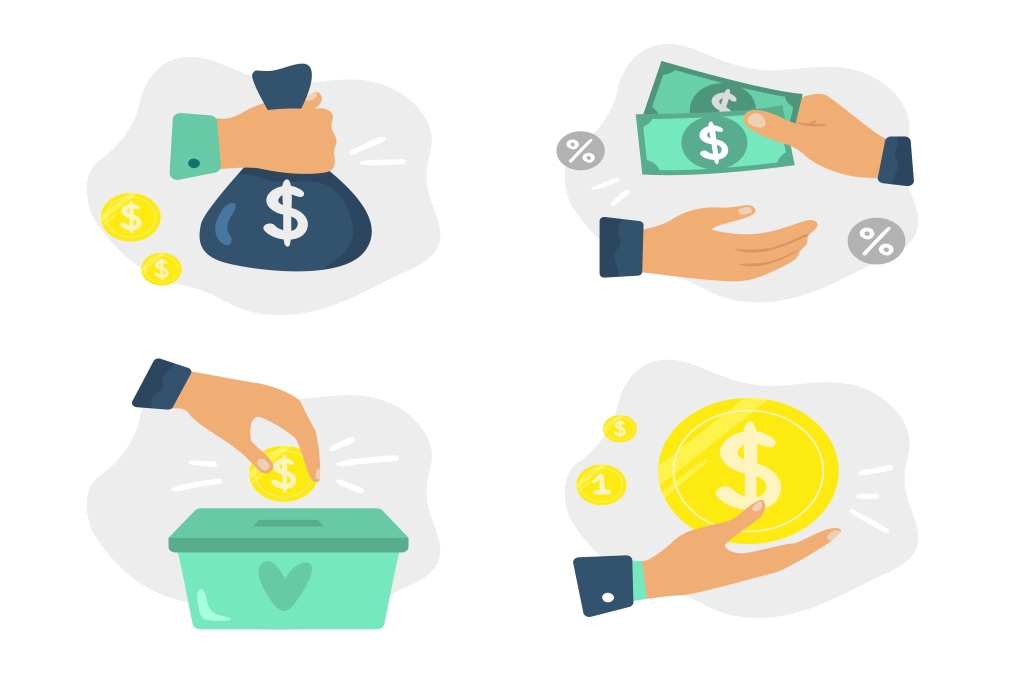
What is Net-Worth And Its Correlation with Personal Finances?
Examining your net worth statements over time might help you figure out :
- Where you are now and
- How to get to where you want to go.
It may both cheer you when you’re on the correct road.
When computed regularly, your net worth can be considered a financial report card that helps you assess your present financial situation. And determine what you need to do to achieve your financial objectives.
- Assets are anything you own with monetary value and can be turned into cash.
- Investments, banking and brokerage accounts, retirement money, real estate and personal goods (cars, jewelry, and collectibles), as well as money are all examples.
- Intangibles, such as your private network, are occasionally considered assets.
- On the other side, your liabilities indicate your bills, such as debts, mortgages, credit card bills, medical costs, and student loans.
- Your net worth is the difference between the sum of your assets and liabilities.
One of the most challenging aspects of assessing your net worth is accurately valuing all of your assets.
- It’s vital to make conservative estimates when valuing specific assets to prevent exaggerating your net worth.
Your home, for example, is most likely your greatest valuable asset and can have a substantial financial impact.
- Calculating actual net worth involves deciding an accurate value of your home.
- Either by comparing it to similar properties in your region that have previously sold or consulting with a certified real estate agent.
However, there is still disagreement over whether personal dwellings should be counted as assets when determining net worth.
- Some financial experts argue that your home’s equity and market worth should be regarded investments because they can be converted into cash in the case of a sale.

Why is the Calculation of Net-Worth Important for Improving Personal Finances?
It allows you to visualize your progress over time quickly.
The most obvious advantage of keeping track of your net worth is seeing your development over time.
- It’s sometimes difficult to notice much of a difference unless you look back and see how far you’ve come.
- You may easily make a chart or graph to see your development if you track and record your net worth every month or quarter.
- When you look at it this way, you might be astonished at how far you’ve come.
Your net worth may be able to assist you in getting a loan accepted in some cases. High net worth can make a lender feel more confident.
You’ll be able to make better financial decisions.
Keeping track of your net worth might assist you in making better financial decisions.
- If you know you’ll be monitoring and tracking your net worth in the future, that notion may pop into your head when you’re tempted to make a poor financial decision.
- If you’re keeping track of your net worth, you’re concerned about your financial situation.

Your concern will work to your benefit since you’ll want to see results, which will lead you to make financial decisions that will enhance your net worth.
Net-Worth Calculation Stresses the Value of Your Investments.
It’s always satisfying to look at your net worth and discover a substantial boost simply because your investments have performed well. It’s difficult to watch as the value of your investments declines.
- However, these circumstances highlight the significance of your investment selections. Where you invest and manage your money is just as crucial as how much money you make, if not more so.
It’s worthwhile to spend some time learning about money and investments. You’ll feel better about it, you won’t have to hire an exorbitant financial advisor, and you’ll be rewarded with a higher net worth over time.
Income Isn’t the Most Important Measurement.
Many of us focus on our income before evaluating our net worth.
- The quantity of money you earn is essential, but it isn’t as crucial as your net worth is your total financial picture.
We all know folks who make a lot of money but spend it all on things that don’t hold their value.
- If you merely look at their money, these people appear wealthy. However, if they do not spend their money sensibly, they will never establish a net worth.
On the other hand, a person can receive an average salary for the rest of their working life yet have a substantial net worth.
- It’s possible that how you manage your money has little bearing on your pay at work.

A Quick 3 Step to Calculate Net-Worth?
Calculating your net worth requires gathering all the information surrounding your current assets and liabilities.
- It is a simple process, but financial planners suggest keeping a secure folder with information on all financial liabilities and support that should be updated at least once a year.
- However, this folder can be converted into much more than just bookkeeping. Collecting and organizing this information may seem like a chore at first.
Still, it ensures that you or anyone close to you can access the information when required. Make sure to use accurate estimates of market values in the correct currency.
1. What is an Asset? List them All!
One of the most significant components on your balance sheet is assets.
- There are a variety of purposes for assets in accounting, whether you’re using them to help your firm raise revenues or using them as collateral when you take out a loan.
- A resource with the economic worth that an individual, corporation, or country possesses or controls with the hope of future gain is an asset.
- Assets are bought or developed to raise a company’s value or benefit its operations. They are reported on the balance sheet.
- Whether it’s manufacturing equipment or a patent, an asset can be looked at as creating cash flow, cutting expenses, or increasing sales in the future.
However, there are numerous assets, and many individuals are unfamiliar with the differences. In our thorough tutorial, we learn about the definition of assets in accounting and the many categories of assets.
In accounting, there are various sorts of assets. Assets can be categorized as follows:
- Tangible
- Intangible
- Current
- Fixed
Tangible Asset
Assets with a physical presence are known as tangible assets.
Here are some tangible asset examples:
- Investing in real estate
- Cash
- Supplies for the office
- Vehicles
- Machines, tools, and equipment
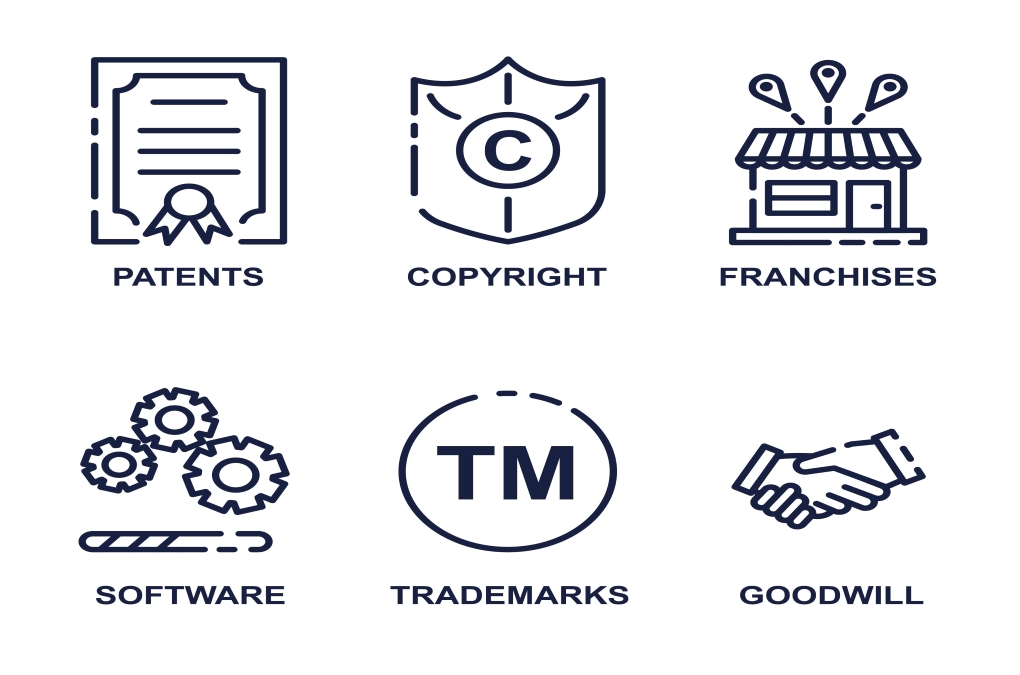
Intangible Assets
The polar opposite of tangible assets is intangible assets. Intangible assets are non-physical items that add value to your company. Intangible assets, unlike tangible assets, are difficult to transform into cash.
- Intangible assets can be amortized. Asset amortization is the process of spreading the expense of an intangible asset across time.
Items that are intangible include:
- Logos
- Patents
- Trademarks
- Copyrights
- Customer databases
- Licenses for businesses
Determining their value can be difficult because intangible assets are not physical property or items.
Fixed Assets
Plants, equipment, and buildings are examples of long-term resources. Depreciation is a recurring charge that may or may not reflect a fixed asset’s loss of earning capacity. It is used to account for the aging of fixed assets.
Fixed assets cannot be changed to cash or cash equivalents within a fiscal year. They’re also known as “long-term assets” or “non-current assets.”
Some instances of fixed assets are as follows:
- Investing in real estate
- Patents
- Machines, tools, and equipment
- Furniture
- Funding for the long haul
- Current Assets
Current assets are valuable items that your company intends to use or convert to cash within a year. In their day-to-day operations, most firms rely on existing assets. Because you can alter or utilize current assets within a year, they are also considered short-term investments.

Current assets can be converted into cash or cash equivalents in a year. They’re also known as “liquid assets” because they’re crucial to your company’s liquidity.
Consider the following instances of current assets:
- Money and money equivalents
- Receivables (accounts receivable)
- Securities that can be traded
- Inventory
- Investing in the short term
Assets include everything that has a tangible value. It includes their possessions such as a car, house, or even a piece of art for an individual. It also includes insurance policies, bank accounts, and investments.
- Your liquid assets include savings and checking accounts, CDs, cash, or other investments such as brokerage or retirement accounts.
- You can list other personal items of value like coin collections, valuable jewelry, heirlooms, musical instruments, a rare wine collection, and similar things.
- You don’t have to list everything, but try to record items worth $500 or more.

2. What are the Liabilities? And its Forms?
Legal responsibilities or debts owing to another person or company are liabilities. In other terms, liabilities are future economic advantages sacrificed by one entity to other entities due to past events or transactions.
Legal responsibilities or debts owing to another person or company are liabilities. In other words, liabilities are future economic advantages sacrificed by one entity to other entities due to past events or transactions.
Liabilities are divided into current, non-current, and contingent liabilities:
- Current Liabilities
- Non-Current Liabilities
- Contingent Liabilities
Current Liabilities
Debts or obligations must be paid within a year of current liabilities, sometimes known as short-term liabilities.
- Management should keep a careful eye on current liabilities to ensure that the company has enough liquidity from existing assets to cover the debts or obligations.
Current liabilities include the following:
- Accounts receivable
- Interest is due
- Taxes must be paid
- Bills to be paid
- Overdrafts on bank accounts
- Expenses that have accumulated
- Loans with a short repayment period
Several short-term liquidity indicators include current obligations as a crucial component.
- Begin by listing significant outstanding liabilities like your car loans or mortgage balance.
- Register the loans and their current balances.
- Next, make a list of your liabilities like any credit card balance, student loans, or similar debt.
- Now, add all these balances that you have listed above.
It sums up your total liabilities.

Non-Current Liabilities
Non-current liabilities, often known as long-term liabilities, are financial obligations with a maturity date of more than a year. Long-term liabilities play a significant role in the business’s long-term financing.
- By supplying the necessary capital, these liabilities assist enterprises in acquiring capital assets.
Businesses can also use funds earned through long-term debts or liabilities to invest in new capital projects.
Non-current liabilities include the following:
- Bonds to be paid
- Payable long-term notes
- Tax liabilities that have been postponed
- Mortgage payments are due.
- Capital leases are a type of financing that allows you to
A corporation or individual unable to pay long-term payments when they become due indicates a business’s solvency or a financial crisis.
Contingent Liabilities
Contingent liabilities are a form of liability that can arise throughout a business and are based on the outcome of an event in the future.
For example, if a firm faces a $100,000 lawsuit, the company will be liable if the claim is successful.
- However, if the action is unsuccessful, there will be no blame. It is possible to estimate the amount of the resulting liabilities.
A contingent liability is only reported in accounting rules if the liability is likely (defined as more than 50 percent likely to happen).
Contingent liabilities include the following:
- Product warranties
- Lawsuits
3. Methodology for Tracking Net Worth
When it comes to keeping track of your net worth, you have a few options.
The tried-and-used spreadsheet.
Spreadsheets are tedious and archaic in that they need you to manually enter all of your asset and liability data the first time you use them. And then manually update them every time you want to see your most up-to-date net worth figures.
- On the other hand, this approach might be a good fit for people who place a high value on customization and control when measuring their net worth.
- And who also want a paper copy of their net worth tracking technique that they can use offline.
A similar solution is a spreadsheet that has already been customized with a template and automation to make calculating and tracking net worth much more accessible.
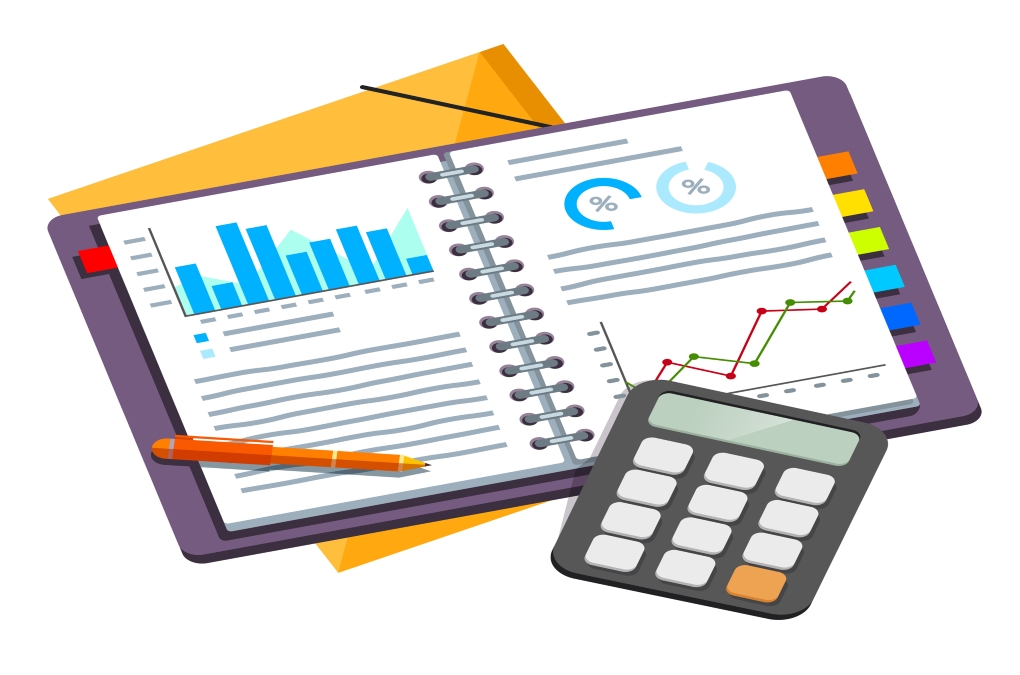
Creating a budget can seem daunting, and you may be unsure where to begin.
The most important thing you can do to rein in your spending is to make a budget that governs how you spend your money.
Living over your means is one of the biggest financial mistakes you can make. To move ahead financially, you should be spending less than you earn, no matter your wage.
- Unfortunately, living over one’s means is typical in our culture. It’s all too simple to buy items on credit and lull yourself into a false feeling of security.
- You are not forced to deprive yourself if you live within or below your means. All you have to do now is prioritize and take charge of your finances.
Living above your means can be one of the worst financial mistakes you can ever make against your future. To stay ahead financially, you should always spend less than what you earn.
- Ever since buying on credit has become more accessible, living above means has become a prevalent problem.
- It does not mean that you have to deprive yourself; it just means you must prioritize and control your finances.
You must make some changes to improve your financial situation if you see any of the below-mentioned warning signs.
This article will look at specific warning signals that you’re living over your means. If you recognize several of the mentioned red flags in your own life, think about making some changes to better your financial condition.
Final word
It is wise to be conservative with your estimates, especially with the vehicle and home values.- Inflating significant assets’ values might look good on paper, but they will paint an accurate picture of your net worth. Begin using a budgeting app that will help you automatically track your net worth.
- To speed up your debt payoff process, start by Prioritizing debt repayment, start thinking about refinancing or merging debts at a lower interest rate.
- Consider maxing out your emergency fund if you have additional money to save.
- After that, max out your annual contributions to your retirement account.
- It can help you determine if you are progressing or getting further behind on your goals.
- It hardly matters if the number is harmful when calculating your net worth.
- Repeat the process of calculating your net worth once a year and compare it with the previous year’s number.
- You may recalculate it more often if you focus on debt repayment and an aggressive savings plan.


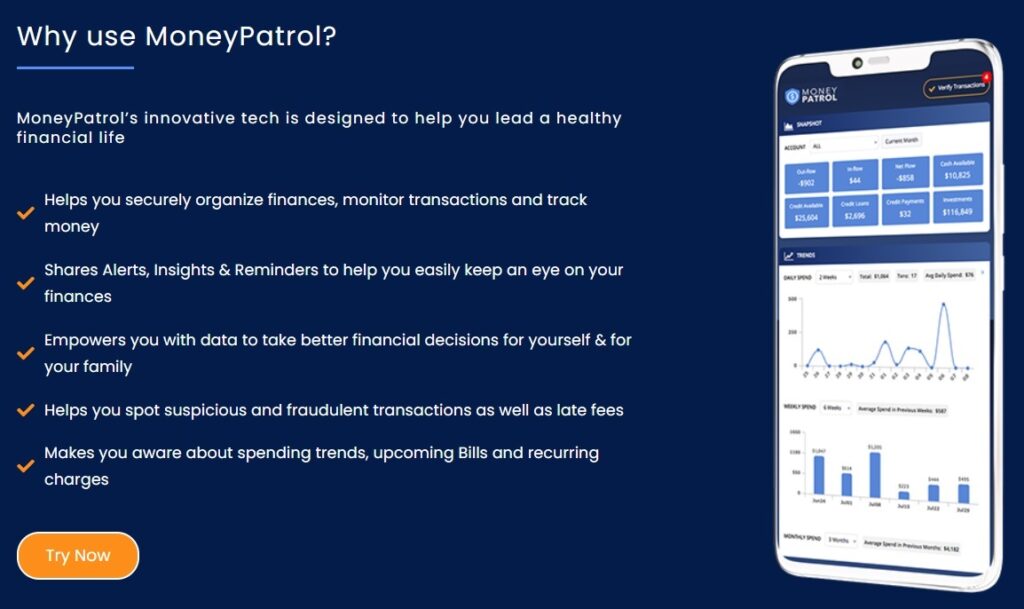



 Our users have reported an average of $5K+ positive impact on their personal finances
Our users have reported an average of $5K+ positive impact on their personal finances
